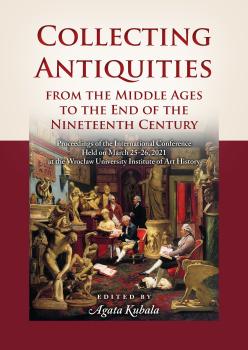Introduction: When is a Collection a Collection? Provenance Studies and the Role of Dealer’s Collections .......... 9
Streszczenie
The paper discusses a phenomenon in the history of collecting antiquities that is rarely recognised. Many antiquities acquired and presented in museums as ‘collections’ were, in fact, assembled by dealers. Thus the compilation of objects was guided by a commercial incentive, sometimes to meet specific gaps in museum collections or, at other times, to empty the dealers’ stocks. The practice had its historical roots in the role of dealers as agents, but became more widespread during the nineteenth century and was particularly effective in the twentieth, as collection histories acquired additional economic, social and ethical value. This paper critically analyses the inclusion of such ‘collections’ in museum collection histories, using provenance studies as a key methodology and focusing on developments in the nineteenth century.





